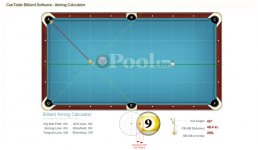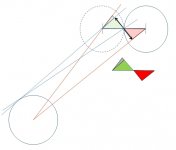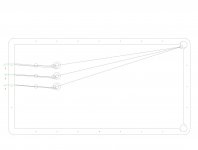Are you trying to say that SVB uses CTE???
No, SVB does not use CTE. Or, at least as of a few months ago he didn't.
The reason his name got into this thread is that he mentioned briefly a while ago on a tournament stream that he uses his stick or his ferrule to aim. He had to depart before the announcers could question him any more about it, so we don't really have any details on how he aims.
Earlier in this thread, someone mentioned what SVB had said. But we really have no idea whether what SVB was talking about was the Mullen Method or something else involving the ferrule or stick. And even if he does use the Mullen Method, that doesn't mean that he uses it for all cut angles or without adjustments.
Please, let's not leap to the conclusion that SVB is a Mullenigan.





